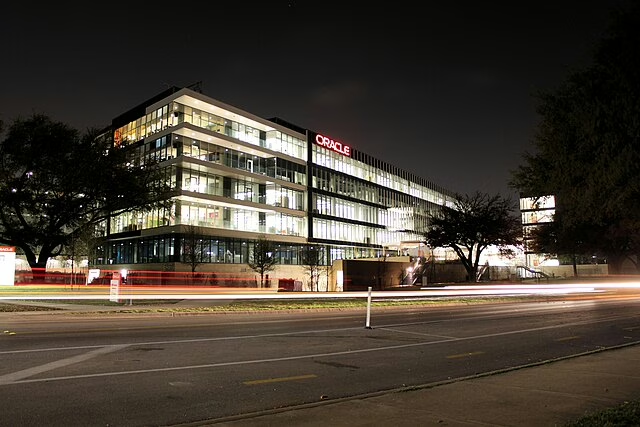Oracle admitted to a compromised “legacy environment” after a hacker attempted to extort a ransom last month. Despite denying a breach of their cloud infrastructure, evidence mounted. Their carefully chosen language suggested Oracle Cloud wasn’t breached, but a “legacy environment” known as “Oracle Cloud classic” was. It was a legacy environment with known vulnerabilities.

What’s a “Legacy Environment”?
Think of it like an old computer or server that’s still connected to the internet, even though it’s outdated, unpatched, and mostly forgotten. These systems often run old software with known security holes. They should be retired, isolated, or at least heavily protected—but sometimes they’re left running because someone still needs them for one obscure task.
So, What Went Wrong?
In Oracle’s case, this legacy system was exposed to the internet and had known vulnerabilities. A hacker found it, broke in, and apparently got access to internal information. Then they tried to ransom Oracle by threatening to release the data.
Oracle claims the core systems customers use were never touched. But the fact that any system connected to Oracle’s internal network was this vulnerable raises serious questions.
In summary
- Old systems are risky. Big companies often keep legacy systems running out of habit or because they think it’s too hard to upgrade. But these systems are soft targets.
- Even giants slip up. Oracle is one of the largest tech companies in the world. If they can forget to properly secure an old system, any company can.
- Transparency is key. When companies say things like “no impact to cloud infrastructure” but admit to a “legacy” breach, they’re choosing words carefully. It’s not always dishonest, but it is intended to reassure investors and customers—even when something went wrong.
